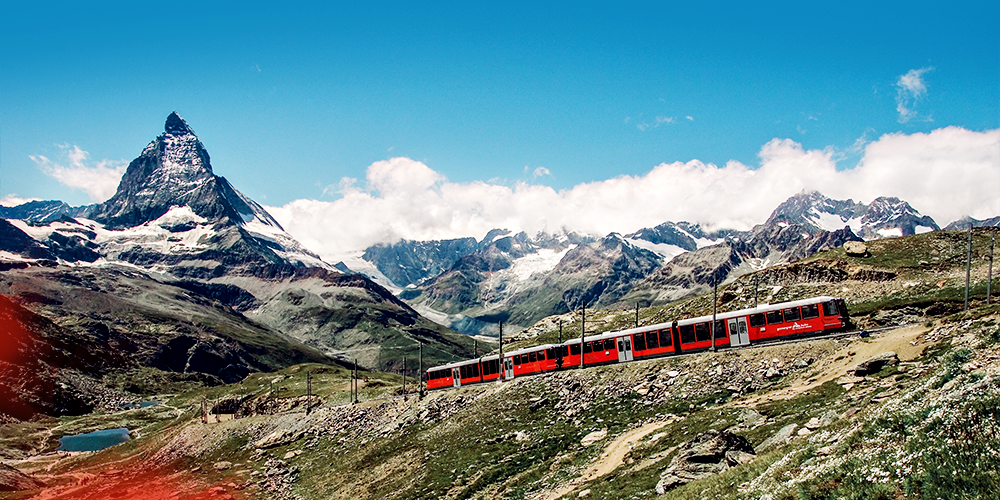“The hills are as alive” as ever, to reference the wonderful musical The Sound of Music. Certainly “Switzerland Gets Nature” as the lengthy poster on the red pristine airport bus insisted. Reaching Zermatt by train from Geneva airport, I slipped into neutral as the delights of the countryside passed me by. Less flashy than Gstaad, St. Moritz, or Klosters and more extreme, Zermatt is the last stop before the Alps create their impasse. It first came of age when the Englishman Edward Whymper set out to climb in 1865 the Matterhorn, the predominant feature that bears down upon the town. This beautiful mountain of Caran d’Ache fame has a majestic presence and mesmeric change of appearance across the day as the clouds descend or lift or fix themselves on its gnome-like snowcap. It’s an impressive 4478 meters high and nearby is the highest cable car in Europe, the ‘glacier paradise’ offering all-year-round skiing.
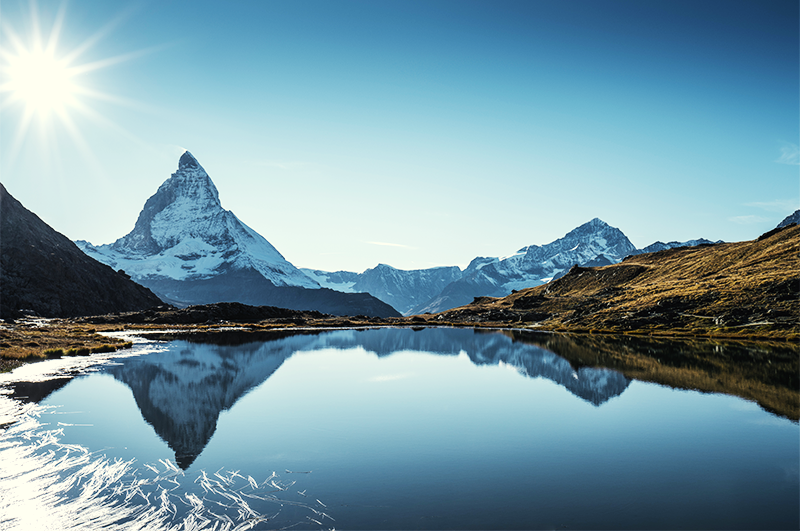
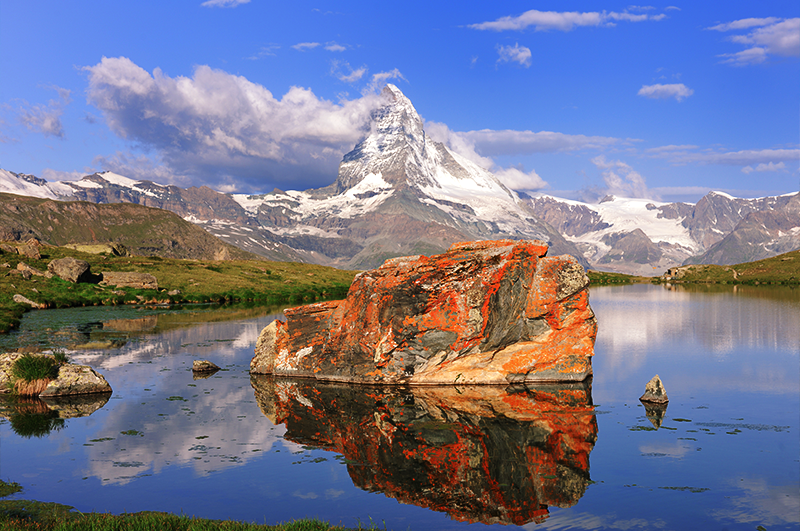
I stayed at Chalet Les Anges, courtesy of Villas and Apartments Abroad. Here you don’t see past the slick panels of the gracefully-sliding kitchen doors but somewhere out from which comes the magic. Every dish feels like a little gift with its original presentation. The courses are small, light and delicious.
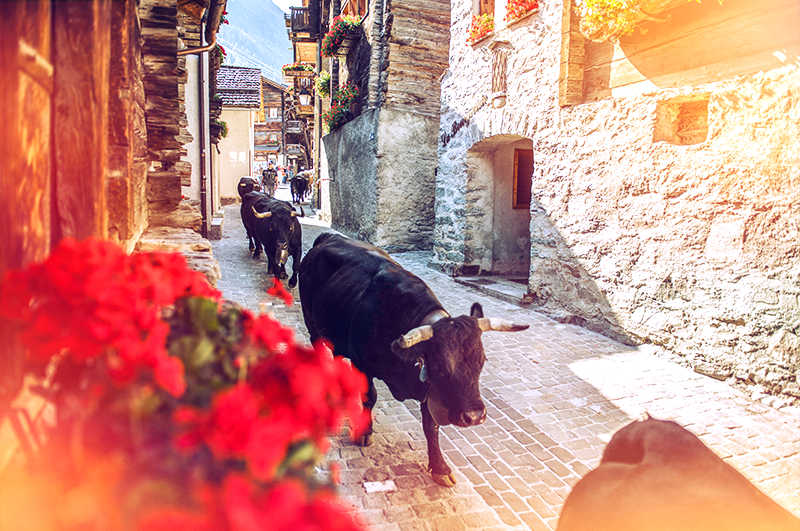
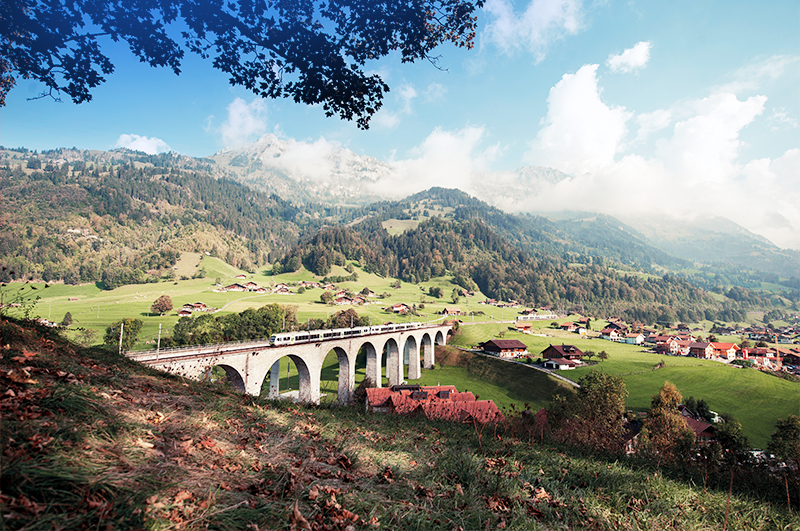
One morning I decided to conquer the mountain a second way by overcoming my phobia for cable cars. It felt very liberating as my fear melted at the sight of the snowy peaks. I took one to Furi and then onto Schwarzee to feel what it was like to be up amongst the Gods. There were lovely panoramas of snow-capped mountains and precipices. And the freshest of air. I returned to Furi for a lovely walk through the forest to Zum See, a charming hamlet on the Matterhorn Paradise side.
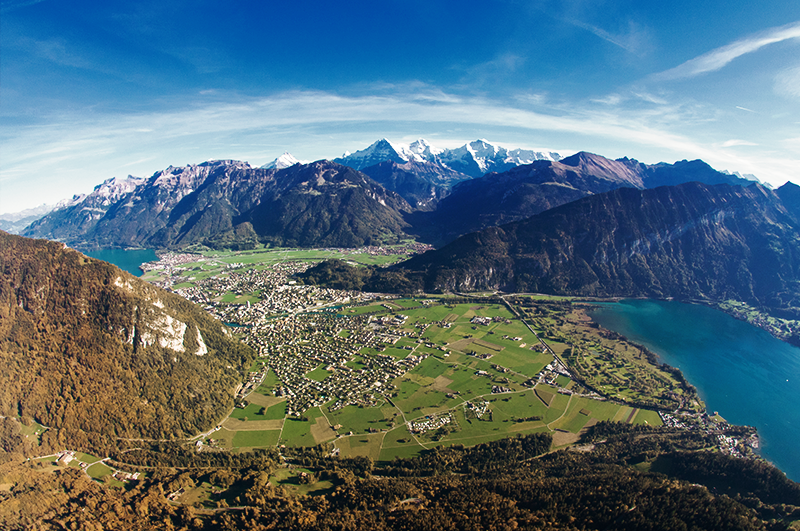
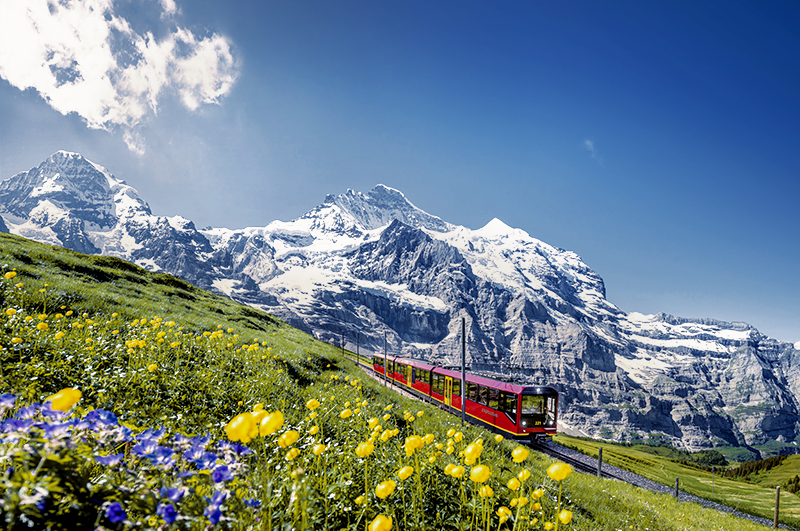
On to Nendaz. I stayed at the Chalet Etoile. It’s part of the Hideaways Club, membership to which allows access to a portfolio of properties all over the world. It’s in the picturesque hamlet of Les Cleves right up in Haute Nendaz. There’s the freshest of air, the clearest of temperatures, and the most stunning of views, across the valley, of a long mountain range and, down below, of the town Sion. At night I felt I could touch the stars and in the morning what an amazing verandah for my breakfast outdoors. David Cameron comes en famille as do others looking to escape the nightclub crowd. Sion airport is soon to be the base of the small skiing-oriented airline PowdAir and the city is down to the last two candidates for the 2026 Winter Olympics.
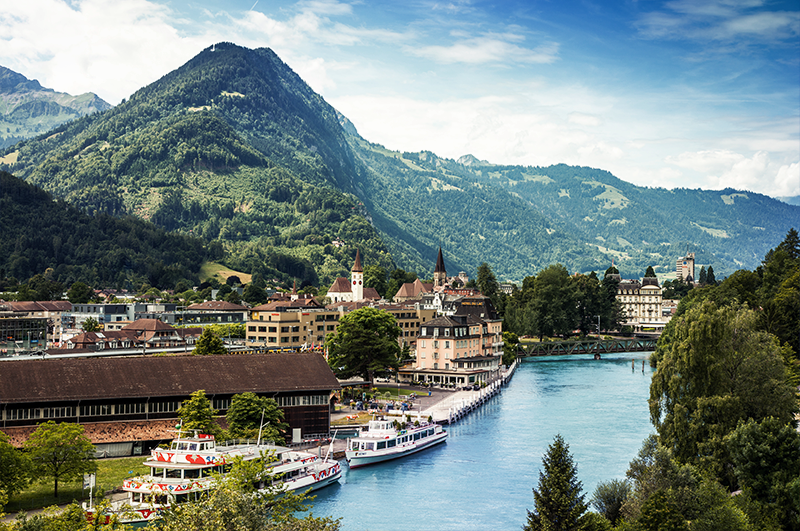
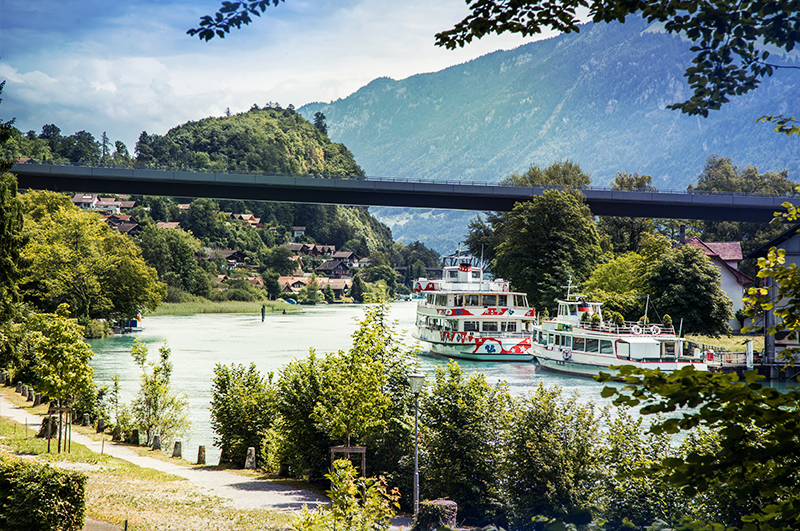
For a true dining out treat I highly recommend the passionate creations of chef Loris Lathion and sommelier Romain Arnaud at Le Mont-Rouge. Loris is known also for his variety. “If I have to do the same thing for too long, I go crazy,” he says. “That is why I change my menu at least six times a year.” Passionate indeed.
With my newfound confidence of getting up mountains by whatever means, I took a cable car up to Tracouet, a spot where the meadows have lovely wildflowers and butterflies flitter. It offers a variety of walks and bike rides. What a great day I spent up in the mountains. Calming, healthy, restorative, invigorating, perfect for kids with expanse and activities. For me, it offered the ability to completely unplug and a proper chance for real relaxation.
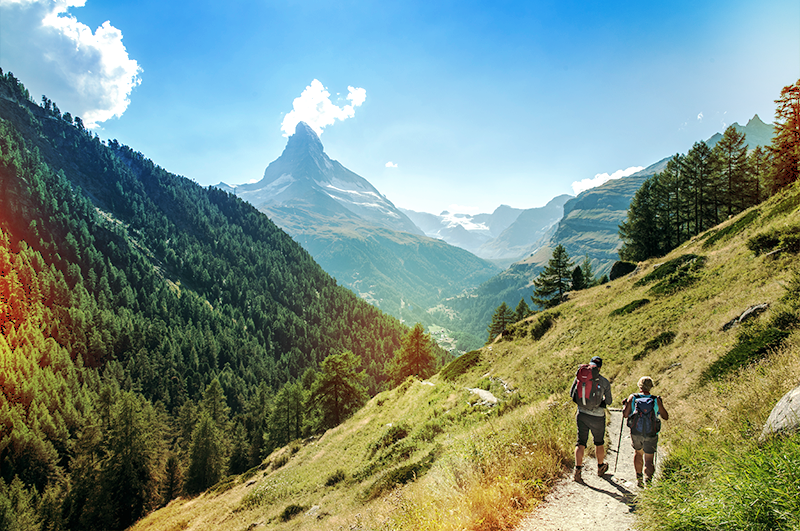
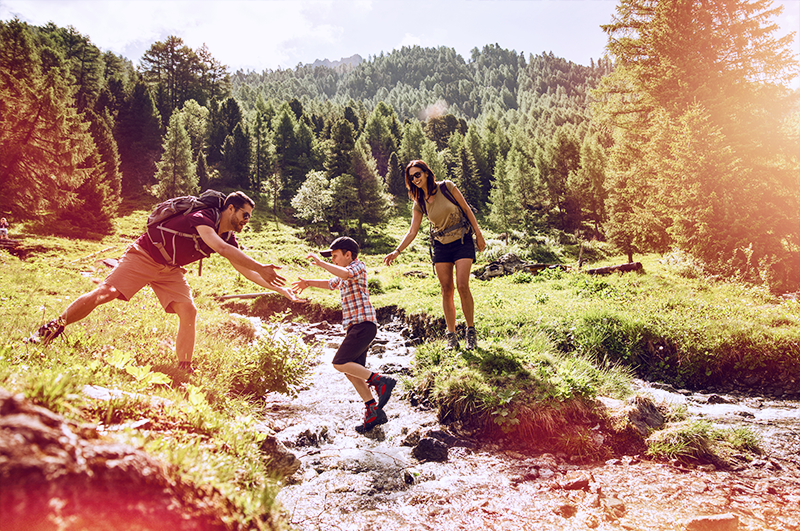
And watching these mountain dwellers is very infectious. They are unbelievably fit and healthy. I met two people who as a matter of course would be awake at 5 am to climb 2000 feet to the top of a peak before roller skiing back down for a day’s work.
I took the romantic walk from my chalet down the piste (before a challenging walk back up) to Restaurant Les Etagnes. It’s well-positioned at the bottom of the slopes for all the après-ski crowd and it’s where I had a wonderfully healthy and hearty dinner.
Next to Interlaken and back to German tongues. Set between two of the great mountains, the Eiger and the Jungfrau, and two of the larger Swiss lakes, the Brienzersee and Thunerse. But the real delight of Interlaken is its “glacier milk.” This beautiful aquamarine channel of water unites the two lakes and is so stunning it deserves the following explanation. When temperatures warm up during the summer the snow on the Alps begins to melt and cascade to meet tiny particles of rock. It results in a green, cloudy appearance by the time it enters the rivers and streams and hence the name “glacier milk,” a type of blue that I had only ever witnessed in the seas of the South Pacific.
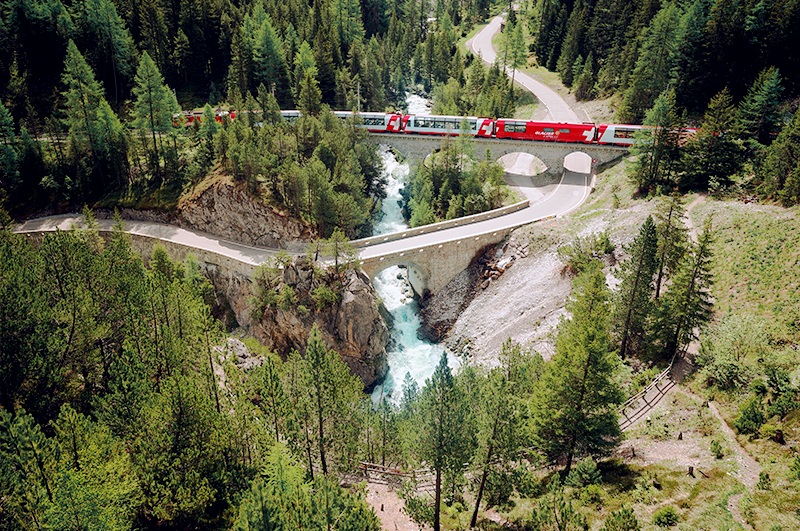
My final resting spot was at the town’s foremost hotel the Victoria Jungfrau Grand Hotel & Spa which has a wide range of international guests who keep coming back. Rather like the town itself the hotel is a convincing blend of old style and the new. Pianos resound beside the library and the pool table. And the hotel’s state-of-the-art Nescens Spa is the perfect way to finish a day up the mountains. I have developed a taste for the “white dressing gown” routine but here they take it to another level. There’s a special route from the lift to the spa.
And finally, I took another train en route for my homeward journey. The trains are typical of Swiss excellence. Highly efficient, clean and slick with a very civilized service as the ticket collector reassured me of the time and route which snaked at an enjoyable pace along the picturesque valleys. So stress-free and so much better than hiring a car.
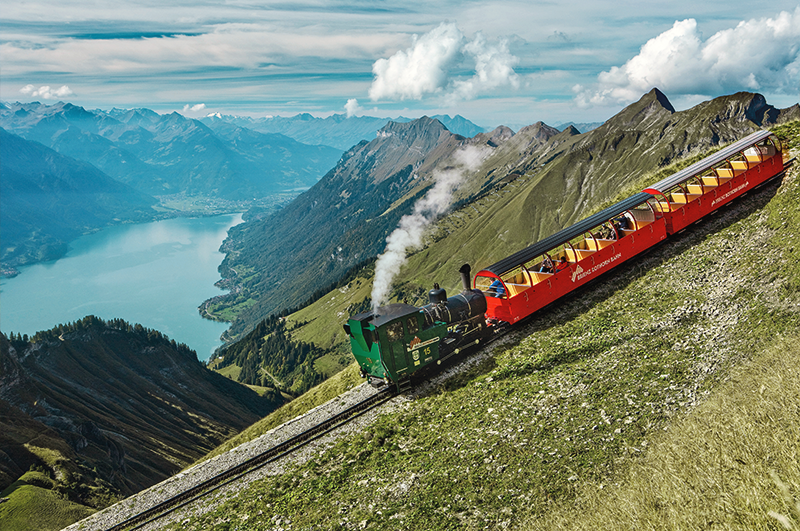
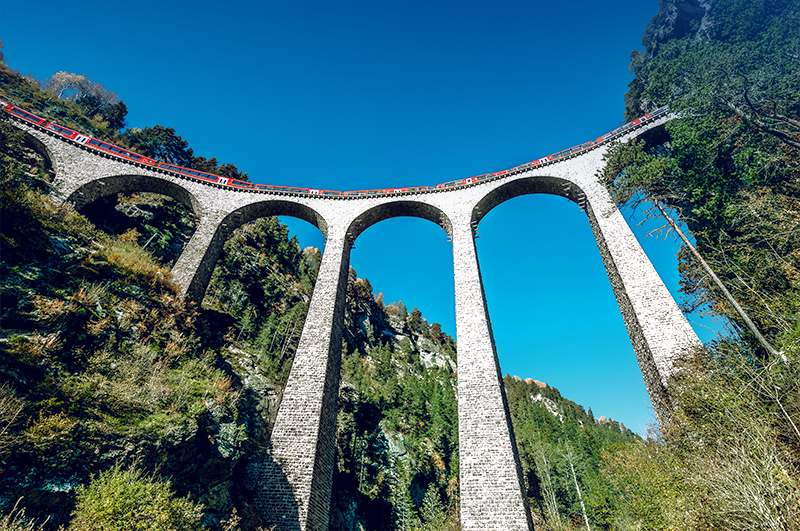
I got to appreciate how the Alps form the backbone of Europe and to see the fairytale charm of the farm buildings amongst the patchwork of pasture and tilled the land. It’s all green and abundant. The Swiss literally carve out their existence from the Alps. They also have developed robust, healthy, grounded, non-showy, undramatic characteristics. All formed, it seems to me, by the environment.
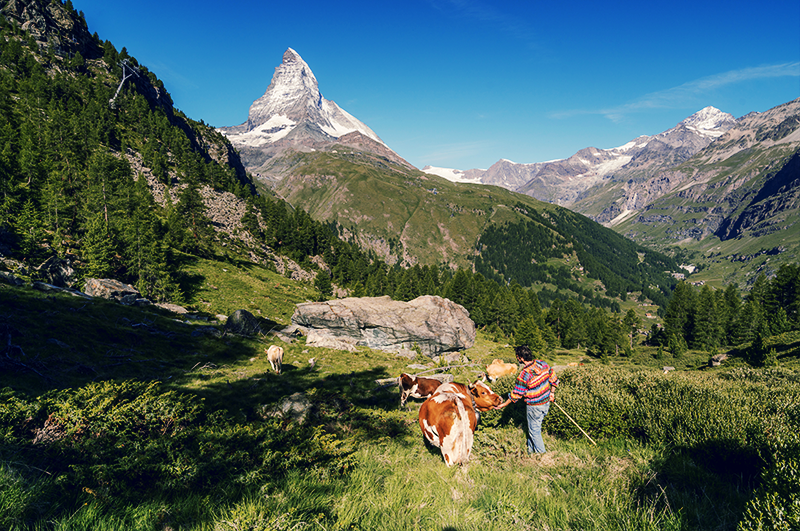
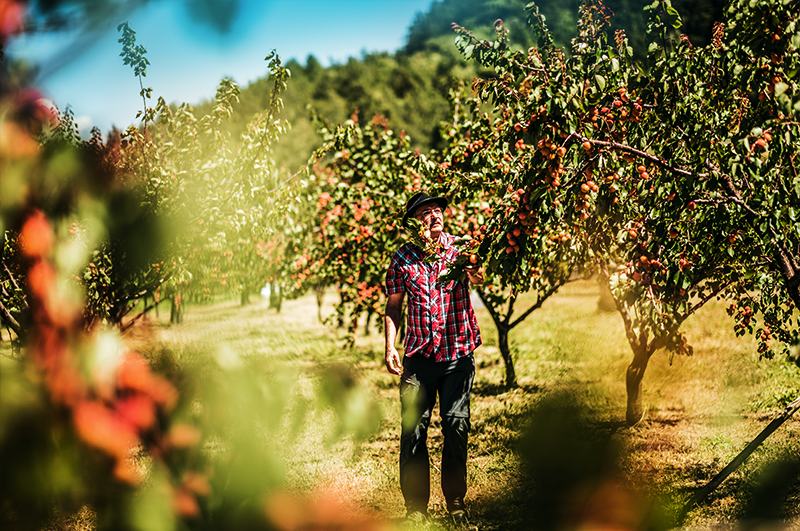
It seems increasingly strange that people are prepared to arrive in hordes to the Mediterranean to search for their overcrowded beach holiday when for children as well as adults there is so much more variety and opportunities to relax in the sun, take in the fresh air and come back fully restored from a summer holiday in the Swiss Alps. After all “Switzerland Gets Nature”! •
